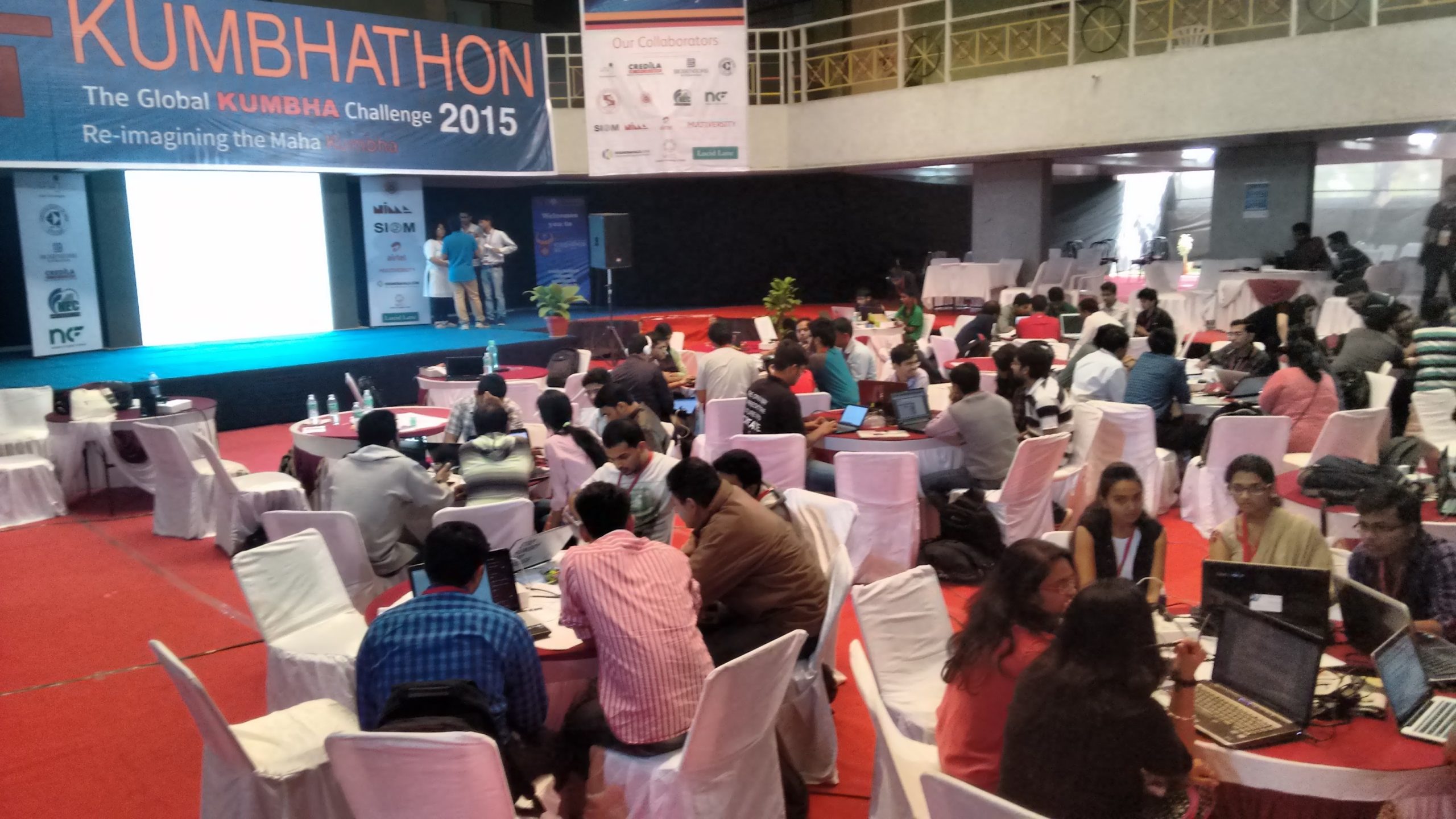After my recent experience as a hackathon jury member, I felt compelled to share my insights on mastering hackathons. In light of this, I have compiled a list of 10 valuable hackathon tips and techniques that can help participants. These recommendations aim to enhance your performance, maximize productivity, and make the most of the hackathon experience. In the early stages of my career, I had the opportunity to participate in intensive hackathons where teams worked tirelessly for 24 to 48 hours to develop innovative solutions. Throughout the past decade, my involvement in startups has led me to advise and support various hackathons. As a result, I frequently receive inquiries about effective team approaches and tips for hackathon success. Drawing from my extensive experience mentoring and guiding groups, I have compiled ten crucial points to consider. However, before delving into those, it’s important to address why I harbor reservations about hackathons.

Why am I not a big fan of Hackathons?
It’s crucial to clarify that my reservations about hackathons do not imply outright opposition. Rather, certain hackathons lack clear directions, which raises concerns. Here are the five main reasons behind my worries regarding the hackathon approach:
- Lack of clarity: Determining the purpose and direction of the solution being built can be challenging, particularly when considering team diversity and the associated complexities.
- Compressed timeframes: With a limited timeframe ranging from 24 to 72 hours, the pressure to create a solution within such constraints can sometimes compromise its quality.
- What comes next? After developing and presenting a solution, what happens next? Many hackathons focus more on the number of participants and projects rather than considering the future of the solutions created. Establishing clarity regarding the next steps is crucial for participants’ motivation.
- Intellectual Property: Determining ownership rights over the designed solution can be unclear and complicated, posing potential issues.
- Emphasis on winning prize money: It’s best not to dwell on this aspect, as it can overshadow the true purpose of a hackathon.
Hackathons can serve as valuable platforms for gathering early feedback on products or solutions in development and nurturing entrepreneurial spirit. However, it is crucial to approach them with care and address the aforementioned concerns. By doing so, participants can leverage the hackathon platform for the greater good and derive maximum benefit from their involvement.

10 Hackathon tips and techniques | Your Ultimate Guide – Prajyot Mainkar
Before participating in a hackathon, it’s essential to prepare yourself adequately. Here are 10 hackathon tips that you could look at:
- Understand the Hackathon: Gain a thorough understanding of the hackathon you plan to participate in. Research the stakeholders, sponsors, and overall objectives of the event. Having a clear grasp of the organizers and their goals will help you align your interests and choose the right hackathon to maximize your experience. Don’t miss to understand the use cases of the hackathon/ hackathon theme.
- Build a Strong Team: Form a team of like-minded individuals who possess diverse and complementary skills. Look for teammates who specialize in areas such as design, development, or other relevant expertise. A well-rounded team will enhance collaboration and increase your chances of success during the hackathon.
- Focus on the Solution: While technology is important, prioritize the problem you aim to solve. Avoid overcomplicating the technology or framework at the initial stages. Simple solutions can be built using straightforward technology. Once you gain traction, you can always refine and enhance your solution.
- Plan and Ideate: Time is limited during a hackathon, so plan your approach systematically. Delegate tasks efficiently and set clear goals to ensure timely completion. Prepare the necessary tools, software, and hardware in advance to minimize time wasted on logistics and maximize your productivity.
- Recognize the Importance of Design: Design plays a crucial role and should not be overlooked. It is not solely about technology; instead, it encompasses how the solution is visually and experientially perceived by the customer. Prioritize the end user’s emotions and experience when evaluating the success of your solution.
- Embrace a Learning Mindset: ‘Hear’ what Jury has to say. Hackathons provide excellent opportunities for learning and collaboration. Stay open to new ideas, seek feedback from mentors and fellow participants, and be willing to adapt your approach based on the insights and knowledge you acquire during the event. Embracing a learning mindset will help you grow both personally and professionally.
- Seek Future Direction Boldly: Don’t limit yourself to building and demonstrating your solution. Take the initiative to ask the organizers or jury about the future scope and potential directions for your project. Embrace the opportunity to inquire shamelessly and gather insights that can guide your next steps.
- Focus on the Long Game: While hackathons may have winners, it’s important to remember that they are just one aspect of the event. Don’t let the pursuit of victory be your sole motivation for participation. Instead, approach hackathons as an opportunity to play the long game. They are particularly beneficial for those who aim to build projects quickly and cost-effectively while actively seeking feedback and insights. Embrace the spirit of collaboration and innovation, and congratulate the deserving winners as a gesture of appreciation.
- Effective Communication is Crucial: Clear and concise presentation of your idea is paramount. Keep in mind that not every member of the jury may be tech-savvy. They come from diverse backgrounds, so it’s important to communicate in a language that everyone can understand. Utilize visual aids, employ shorter sentences, and create slides that provide a snapshot of your concept. Avoid text-heavy slides, high-tech jargon, and overly complex diagrams, as they can hinder comprehension. Focus less on lengthy explanations and more on demonstrating your solution. Take the jury on a storytelling journey, highlighting the “Problem, Solution, Demo” in a straightforward manner that resonates with them.
- Enjoy the Experience: Remember to have fun throughout the hackathon journey. It’s not just about the end result but also about the process of learning, networking, and exploring innovative ideas. Embrace the challenges, make new connections, and enjoy the camaraderie with fellow participants. The joy of the experience will fuel your creativity and make the hackathon truly rewarding.
In case you have liked the points, feel free to share this article with anyone in your network who is willing to participate in a hackathon. Do share your views in the comments below.

